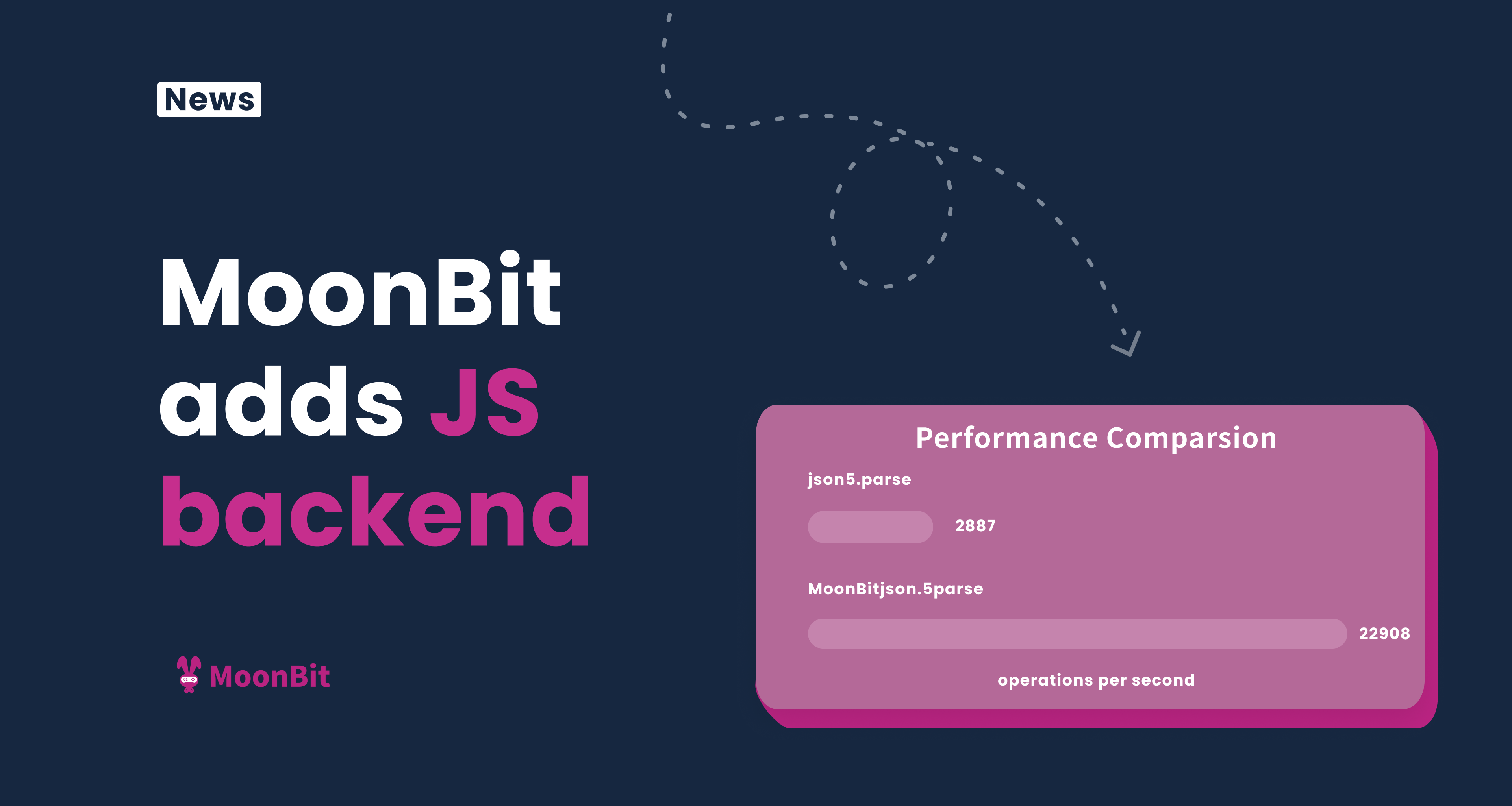
The pendulum swings back: colocation as a cost control strategy
The evolution of public cloud over the past few years has been remarkable. Digital transformation, remote work, and AI have created breakneck growth.
Back in 2018, before anyone uttered the words COVID or ChatGPT, there were already big drivers for public cloud. The global digital transformation market size was valued at $320 billion, and set for 18% annual growth, to reach a projected $695 billion by 2025. The global pandemic lockdowns then put a jet engine on the bullet train. More than two-thirds of boards accelerated digital business initiatives because of COVID . 63% of leaders said the pandemic prompted them to embrace digital transformation sooner than originally planned. Research from IBM found that for 93% of businesses, COVID accelerated their digital transformation by an average of 5.3 years . The world had barely drawn breath from this impact when artificial intelligence (AI) went mainstream, creating a market potentially able to sustain annual growth in excess of 40% to reach $1.3 trillion by 2033 . And that was on top of a global Internet of Things (IoT) sector well on its way to an estimated $336bn . Against the backdrop of these relentless forces, businesses have scrambled for infrastructure resources. It is hardly surprising that the global public cloud computing market is estimated to reach $679bn in 2024.
A new context But the economic outlook has shifted. Even amidst the incredible growth of AI and rapidly maturing IoT use cases, organisations have reconsidered their approach. As the threats of recession loom, businesses have re-prioritised profitability. The subsequent investigations into infrastructure have exposed hidden risks – and costs. The incredible urgency caused by digital transformation, COVID and AI, led to poor procurement decisions. The lessons of avoiding vendor lock-in – learnt so painfully around issues such as Y2K - were forgotten. Businesses now face the consequences of these ‘all-in’ pushes to the public cloud or fully on-premise data centres. Being locked into public cloud can expose a business to costs around excessive consumption, expensive and scarce management talent, data egress and increased security. By comparison, the recent years have been an abject lesson that unpredictable energy prices, difficulties in scaling and increased costs of security can threaten the returns of a proprietary data centre.
Leave a Comment
Related Posts





















